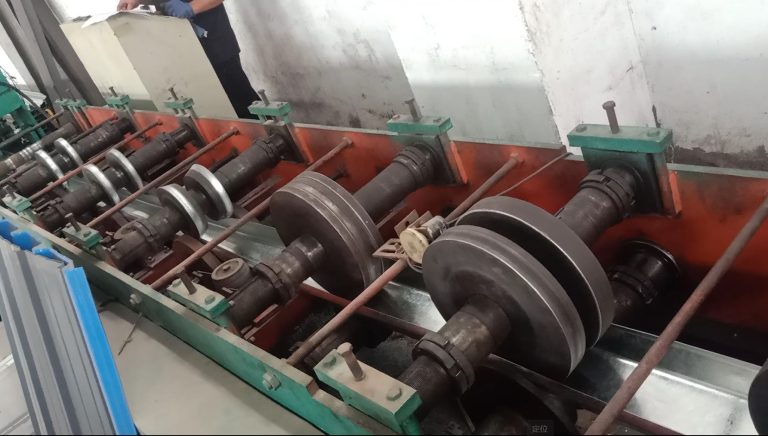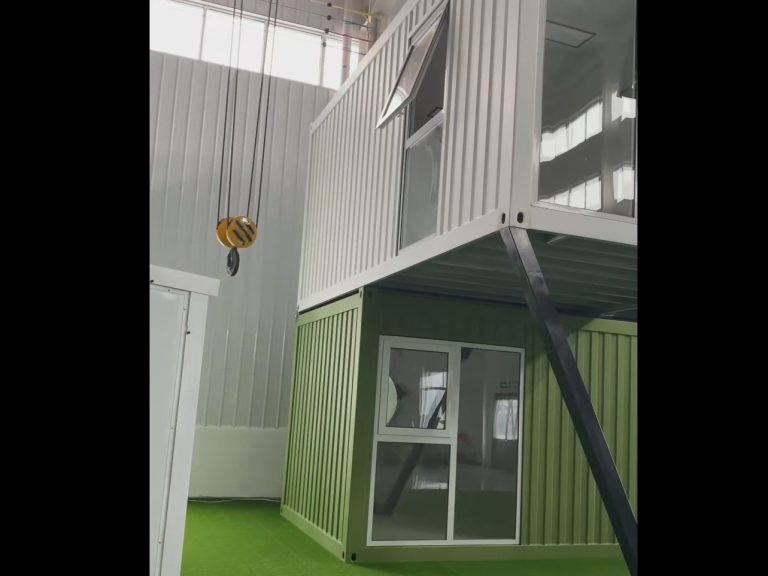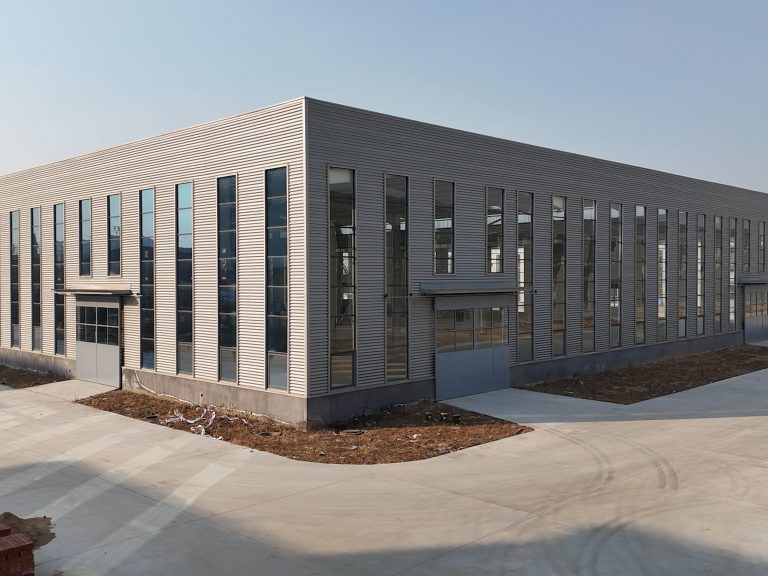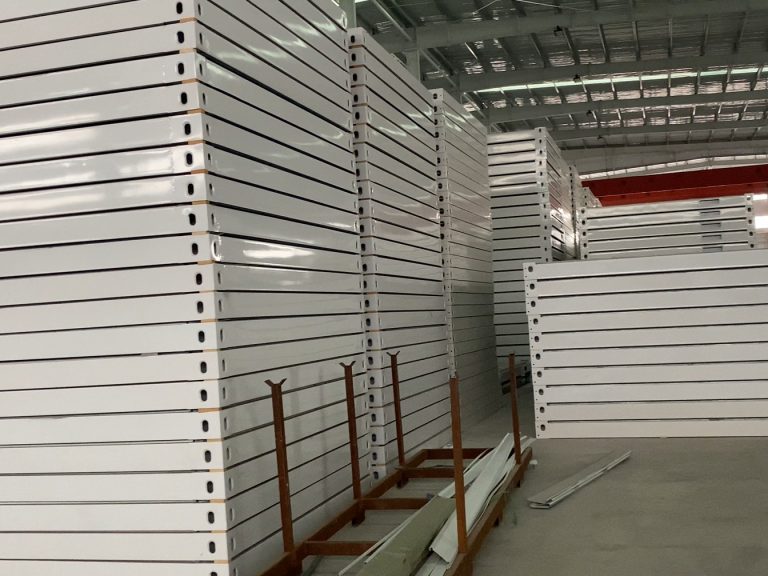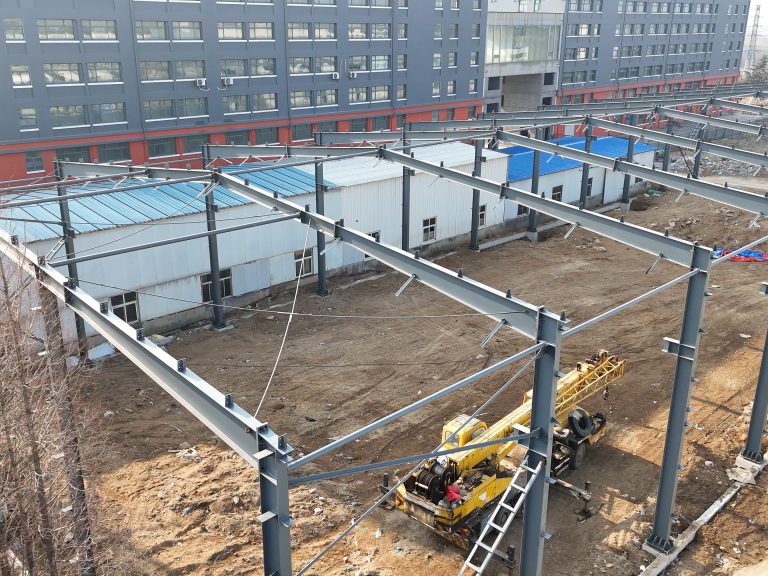Table of Contents
Benefits of Using Aerogel Insulation in Steel Structures
Steel structures are a popular choice for construction due to their strength, durability, and versatility. However, one common issue with steel buildings is their poor sound insulation performance. Noise from outside sources can easily penetrate steel structures, causing discomfort and distraction for occupants. In recent years, there has been a growing interest in improving the sound insulation performance of steel structures through the use of new materials and construction techniques.
One material that has shown great promise in enhancing the sound insulation performance of steel structures is aerogel insulation. Aerogels are lightweight, porous materials that have extremely low thermal conductivity, making them excellent insulators. In addition to their thermal insulation properties, aerogels also exhibit exceptional sound absorption capabilities. When used in steel structures, aerogel insulation can significantly reduce the transmission of sound waves, creating a quieter and more comfortable indoor environment.
One of the key benefits of using aerogel insulation in steel structures is its high sound absorption coefficient. Aerogels have a porous structure that allows them to trap and dissipate sound waves, preventing them from passing through the material. This results in a significant reduction in noise transmission, making aerogel insulation an effective solution for improving the acoustics of steel buildings.

Another advantage of aerogel insulation is its flexibility and ease of installation. Aerogels can be easily cut and shaped to fit the specific dimensions of steel structures, allowing for seamless integration into the building envelope. This versatility makes aerogel insulation a practical choice for both new construction and retrofit projects, providing a cost-effective solution for improving sound insulation performance.
In addition to its sound absorption properties, aerogel insulation also offers thermal insulation benefits. By reducing heat transfer through the building envelope, aerogels can help improve energy efficiency and reduce heating and cooling costs. This dual functionality makes aerogel insulation a valuable investment for steel structures, providing both acoustic comfort and energy savings.
Furthermore, aerogel insulation is a sustainable choice for construction projects. Aerogels are made from silica aerogel, a non-toxic and environmentally friendly material that is recyclable and reusable. By incorporating aerogel insulation into steel structures, builders can reduce their environmental impact and contribute to a more sustainable built environment.
Overall, the use of aerogel insulation in steel structures offers a range of benefits for improving sound insulation performance. From its high sound absorption coefficient to its ease of installation and thermal insulation properties, aerogel insulation is a versatile and effective solution for creating a quieter and more comfortable indoor environment. With its sustainable and cost-effective advantages, aerogel insulation is poised to become a standard choice for enhancing the acoustics of steel buildings.
Incorporating Mass Timber Elements for Enhanced Soundproofing in Steel Buildings
Steel structures have long been favored for their strength, durability, and versatility in construction. However, one area where steel buildings have traditionally fallen short is in sound insulation performance. The inherent properties of steel, such as its high density and stiffness, make it an excellent conductor of sound waves, leading to poor acoustics within the building. In recent years, there has been a growing interest in incorporating mass timber elements into steel structures to improve soundproofing capabilities.
Mass timber, which includes materials such as cross-laminated timber (CLT) and glued-laminated timber (glulam), offers several advantages when used in conjunction with steel. One of the key benefits is its superior sound absorption properties. Mass timber has a higher density than traditional building materials like drywall or concrete, which helps to dampen sound waves and reduce noise transmission. By integrating mass timber elements into steel buildings, designers can create a more acoustically comfortable environment for occupants.
In addition to its sound absorption capabilities, mass timber also has excellent thermal insulation properties. This can help to reduce energy consumption and improve the overall sustainability of the building. By combining the strength and durability of steel with the thermal and acoustic benefits of mass timber, designers can create structures that are not only aesthetically pleasing but also highly functional and efficient.
One of the challenges of incorporating mass timber into steel structures is ensuring that the two materials work together seamlessly. This requires careful planning and coordination during the design and construction phases. Engineers must consider factors such as load-bearing capacity, fire resistance, and moisture protection to ensure that the building meets all safety and performance requirements.
To address these challenges, researchers and industry professionals have been developing new materials and construction techniques specifically tailored to enhance the sound insulation performance of steel structures. For example, acoustic panels made from recycled materials can be installed on the interior walls of a building to absorb sound and reduce reverberation. These panels are lightweight, easy to install, and can be customized to match the aesthetic of the space.
Another innovative approach is the use of double-wall construction, where two layers of mass timber are separated by an air gap to create a barrier against sound transmission. This design not only improves sound insulation but also provides additional thermal benefits. By incorporating these new materials and construction techniques, designers can achieve a higher level of soundproofing in steel buildings without sacrificing the structural integrity or aesthetic appeal of the structure.
In conclusion, the integration of mass timber elements into steel structures offers a promising solution for improving sound insulation performance. By leveraging the unique properties of both materials, designers can create buildings that are not only strong and durable but also acoustically comfortable and energy-efficient. With ongoing research and development in this area, we can expect to see even more innovative solutions emerge in the future, further enhancing the soundproofing capabilities of steel buildings.

